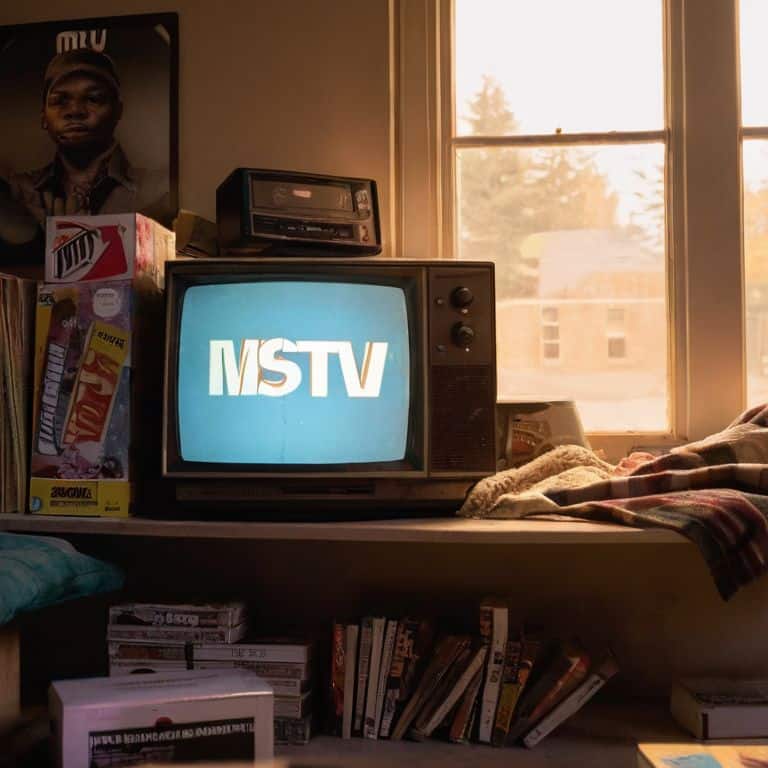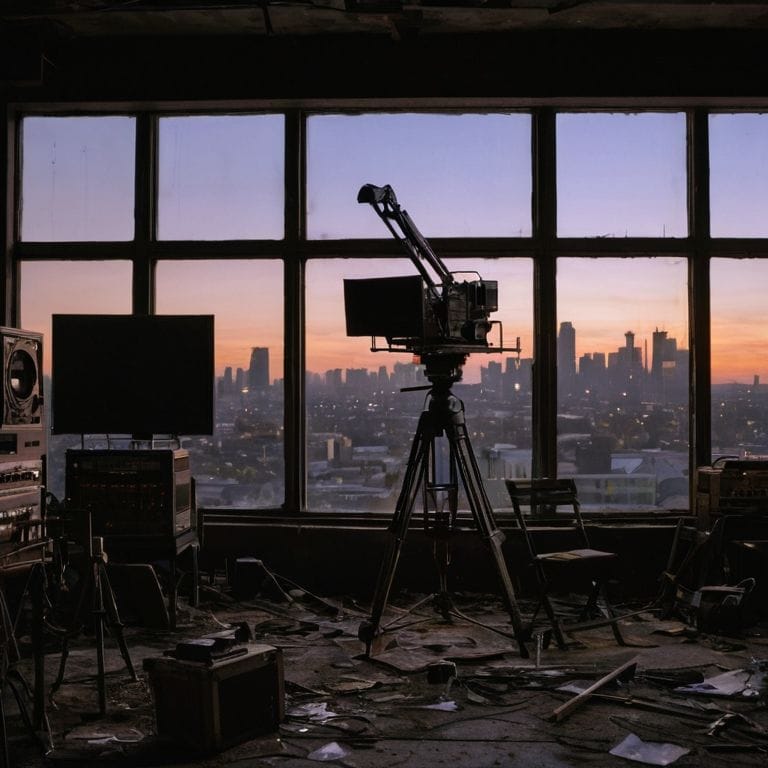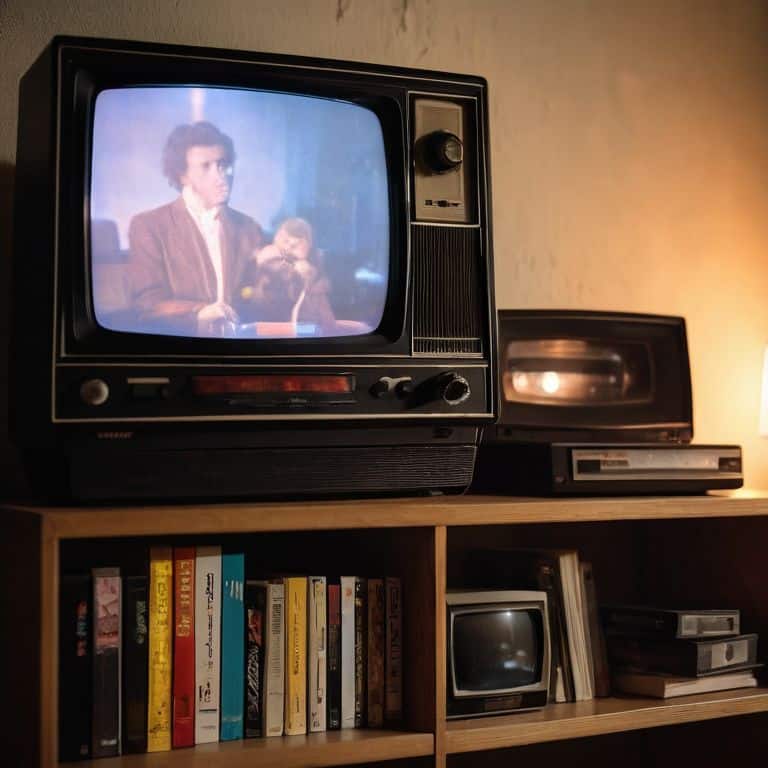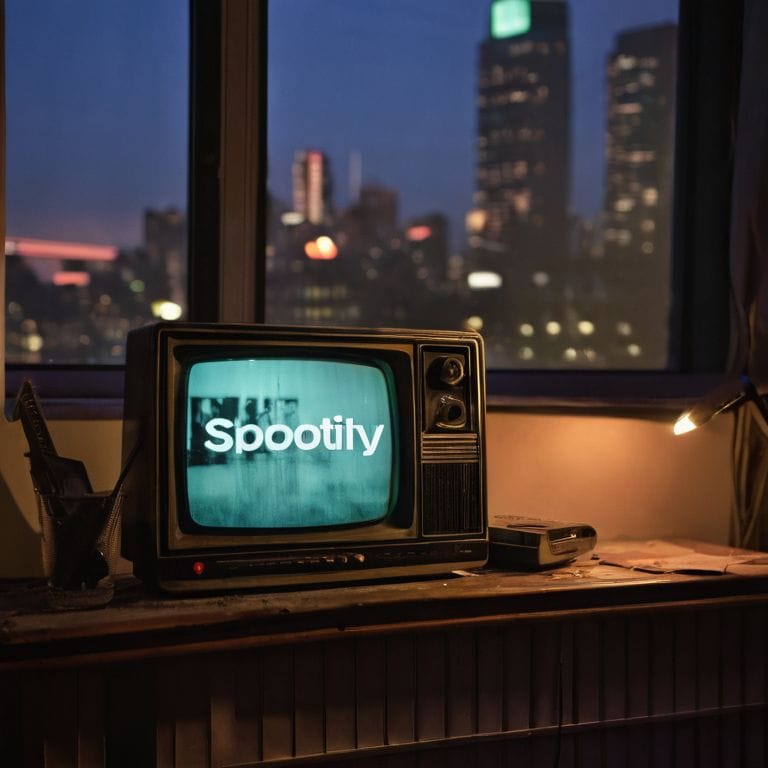I still remember the days when MTV actually played music, and the music video star was born. It’s hard to believe that era is behind us, a victim of the streaming revolution that’s changed the way we consume our tunes. The phrase how streaming killed the music video star has become a cliché, but what does it really mean? As someone who’s been in the trenches of the music industry, I’ve seen firsthand how streaming services have disrupted the traditional model of music consumption. The rise of playlists and algorithms has made it harder for artists to break through with a single, iconic video.
In this article, I promise to cut through the hype and provide a no-nonsense analysis of how streaming has impacted the music video industry. I’ll draw on my experience as a music journalist and lecturer to explore the ways in which streaming has changed the way we interact with music videos. I’ll examine the death of the music video star and what it means for the future of music consumption. My goal is to provide a thoughtful, experience-based exploration of the topic, one that will resonate with readers who are looking for more than just a superficial analysis of the impact of streaming on music videos.
Table of Contents
How Streaming Killed

As I delve into the impact of streaming on music industry, it’s clear that the rise of platforms like Spotify and Apple Music has dramatically altered the way we consume music. The days of eagerly awaiting a music video premiere on MTV are now a distant memory, replaced by the instant gratification of streaming services. Music video production budget trends have also been affected, with many artists opting for lower-budget, more experimental visuals that can be easily shared on social media.
The evolution of music video platforms has been a significant factor in the decline of the music video star. With the advent of YouTube, artists can now upload their own content, bypassing traditional music video channels. This shift has democratized music video production, but it’s also led to a sense of oversaturation, making it harder for individual videos to stand out. As a result, the role of social media in music promotion has become increasingly important, with artists relying on platforms like Instagram and TikTok to reach their audiences.
The influence of YouTube on music careers cannot be overstated. Many artists have built their careers on the platform, using it to share their music and connect with fans. However, this has also created a new set of challenges, as artists must now navigate the complexities of online promotion and music video storytelling in a crowded and ever-changing digital landscape.
Evolution of Music Video Platforms
As I delve into the world of music videos, I’m reminded of the rapid evolution of platforms that once showcased these artistic expressions. The shift from traditional television to online streaming has been nothing short of remarkable, with platforms like YouTube and Vimeo leading the charge.
The democratization of content has enabled artists to produce and distribute their own music videos, bypassing traditional industry gatekeepers. This has led to a proliferation of unique and innovative content, often blurring the lines between music, art, and experimentation.
The Silent Scream of Mtv
As I reminisce about the heyday of MTV, I’m reminded of the cultural phenomenon that music videos once were. They were more than just a marketing tool; they were an art form that captivated audiences and helped define the musical landscape of the 80s and 90s. The likes of Duran Duran, Madonna, and Michael Jackson didn’t just release songs – they created immersive experiences that blended music, fashion, and storytelling.
The golden age of music videos may be behind us, but its impact still echoes through the corridors of popular culture. I recall spending hours as a teenager recording music videos off the TV, meticulously curating my own VHS mixtapes, and analyzing every frame, every fashion choice, and every lyric. It was an era when music videos could make or break an artist, and their influence extended far beyond the realm of music, shaping fashion, film, and even social attitudes.
Music Video Star Demise

As I delve into the demise of the music video star, it’s clear that the impact of streaming on music industry has been a double-edged sword. On one hand, streaming services have democratized music consumption, allowing artists to reach a global audience with unprecedented ease. However, this shift has also led to a significant decrease in music video production budget trends, making it challenging for artists to create high-quality, visually stunning videos that were once a hallmark of the music industry.
The evolution of music video platforms has also played a crucial role in this demise. With the rise of YouTube and other social media platforms, music videos are no longer the exclusive domain of MTV or traditional music channels. This has led to a proliferation of low-budget, DIY-style music videos that, while often creative and innovative, lack the polish and production values of their predecessors. As a result, the role of social media in music promotion has become increasingly important, with artists relying on platforms like Instagram and TikTok to reach their audiences.
The influence of YouTube on music careers cannot be overstated, as it has created new opportunities for artists to build a following and promote their music. However, this has also led to a homogenization of music video storytelling, with many videos feeling formulaic and lacking the unique personality and style that once defined the music video as an art form. As the music industry continues to evolve, it will be interesting to see how artists adapt to these changes and find new ways to tell compelling stories through their music videos.
Future of Music Video Storytelling
As we venture into the uncharted territory of music video storytelling, it’s essential to consider the role of emerging platforms in shaping the future. The rise of virtual events has already started to redefine the way artists connect with their audiences, and it will be fascinating to see how this trend evolves. With the lines between music videos and live performances blurring, the possibilities for innovative storytelling are endless.
The key to success lies in experimenting with new formats, pushing the boundaries of what we consider a traditional music video. By embracing this shift, artists can create immersive experiences that resonate with fans on a deeper level, ultimately redefining the music video landscape.
Youtubes Influence on Careers
As I delve into the careers of modern musicians, I notice that platform versatility has become a crucial factor in their success. Artists can no longer rely solely on traditional music videos to promote their work; they must now navigate the vast expanse of social media and online platforms to reach their audience.
The rise of YouTube has significantly altered the landscape, allowing artists to build a following and share their content directly with fans. By leveraging algorithmic visibility, they can increase their online presence and potentially launch their careers, a phenomenon that hasboth empowered and overwhelmed the music industry.
5 Sonic Landmines: How Streaming Redefined the Music Video Landscape
- Rethink the traditional music video format: with streaming, the emphasis has shifted from high-production-value, MTV-style videos to more intimate, DIY-style content that resonates with fans on a personal level
- Diversify your distribution channels: don’t rely solely on official artist channels or Vevo; explore alternative platforms like TikTok, Instagram Reels, or even Vimeo to reach niche audiences and create a buzz around new releases
- Interactivity is key: incorporate elements that encourage fan engagement, such as 360-degree videos, behind-the-scenes content, or even choose-your-own-adventure style narratives to break the mold of passive viewing
- Contextualize your video within the streaming ecosystem: consider the algorithms, playlists, and recommendations that will surround your video; optimize your metadata, tags, and descriptions to increase discoverability and reach a broader audience
- Embrace the ‘short-form’ revolution: with attention spans shrinking, experiment with bite-sized, snackable content that can be easily consumed on-the-go; this might include mini-documentaries, animated loops, or even just catchy, 15-second hooks that leave viewers wanting more
Three Key Takeaways from the Demise of the Music Video Star
The rise of streaming services has fundamentally altered the way we consume music, reducing the music video from an art form and promotional tool to a mere afterthought in the era of playlist supremacy
The platforms that once nurtured the music video star, such as MTV and YouTube, have either abandoned their music-centric roots or reshaped the medium into bite-sized, algorithm-driven content that prioritizes views over artistic vision
As we move forward in this new landscape, the future of music video storytelling will likely be shaped by innovative, genre-bending creators who can adapt to the changing mediums and platforms, potentially leading to a resurgence of the music video as a vibrant, influential art form
The Eulogy of a Bygone Era
The music video, once the vanguard of MTV’s revolution, has been reduced to a mere afterthought in the age of streaming – a haunting reminder that our most cherished art forms are often the first casualties of progress.
Julian Thorne
The Fading Spotlight: A Cultural Shift

As I reflect on the demise of the music video star, it’s clear that streaming services have revolutionized the way we consume music, rendering the traditional music video format obsolete. The evolution from MTV to YouTube and now playlists has significantly altered the music landscape. I’ve argued that this shift is not just about technology, but about the cultural context in which we experience music. The music video, once a staple of artistic expression and a platform for musicians to tell their stories, has given way to more ephemeral forms of content.
Yet, even as the music video star fades into memory, I believe that artistic innovation will continue to thrive. The future of music video storytelling may be uncertain, but one thing is clear: creativity will always find a way to adapt and evolve. As we move forward in this new era of music consumption, it’s essential to recognize the value of the music video as a cultural artifact and to continue pushing the boundaries of what’s possible in this medium.
Frequently Asked Questions
What role do you think social media platforms, like Instagram and TikTok, will play in the future of music video storytelling?
Social media platforms will undoubtedly redefine music video storytelling, with Instagram and TikTok already showcasing bite-sized, visually-driven narratives that blur the lines between art and advertisement – a phenomenon I’ve dubbed “nano-narratives” that will force artists to adapt and innovate in the attention economy.
Can the nostalgia for MTV's heyday be a driving force behind a potential resurgence of traditional music video platforms?
I believe nostalgia for MTV’s golden age can indeed spark a resurgence of traditional music video platforms, but it’s not just about sentimental yearning – it’s about craving a curated, immersive experience that streaming services often lack, and that’s where the potential for revival lies.
How do you envision the relationship between artists, streaming services, and music video production evolving to create new, innovative formats for music video storytelling?
As I see it, the future of music video storytelling lies in immersive, interactive experiences – think 360-degree videos, VR, and even AI-generated visuals. Artists will need to collaborate with streaming services to create these innovative formats, blurring the lines between music, tech, and art.
